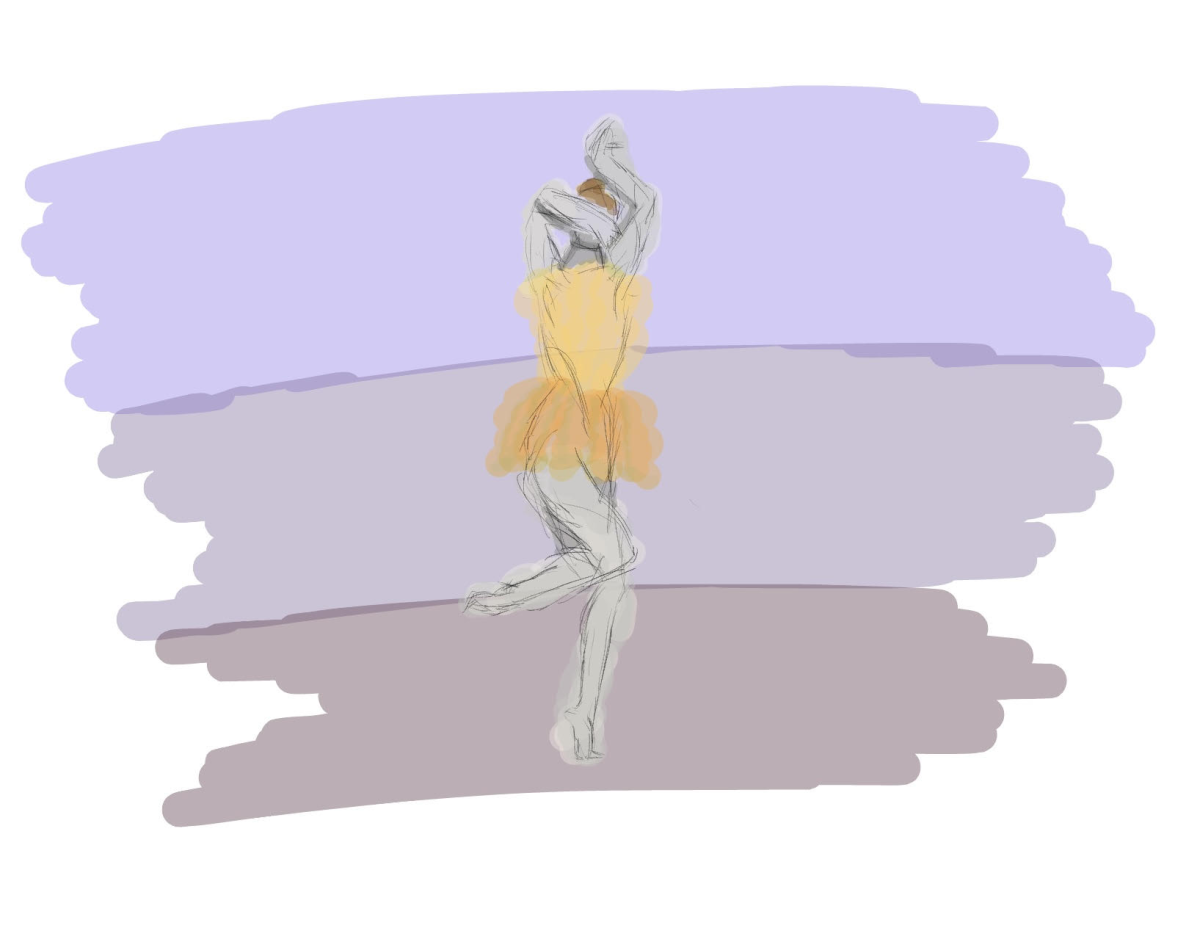Most dancers can attest that it is difficult to look into the mirror because what they see is not what they want to see. Comparison and jealousy are frequent roots for negative self image and eating disorders perceived to “fix what is wrong.”
Portrayed as thin, athletic, and perfect, ballerinas are often under immense pressure to measure up to these perfectionistic ideals. Although mental health and eating disorders are possible among anyone, they are particularly prevalent among dancers.
“I feel like everybody knows that they [the mirrors] are there and nobody looks in the mirror and feels good about what they see,” said Elizabeth Workman, student at Saint Louis Ballet.
Dancers are constantly surrounded by mirrors in the studio and are constantly glaring at themselves and others most often in very tight and revealing clothes. It is also not uncommon for instructors to comment on a dancer’s physical qualities such as height, weight, and body shape. This often leads to shame and discomfort all the while the dancer continues to judge their body and performance in the everpresent mirrors.
“While use of the mirror has some benefits in training, higher performing dancers feel better about their body image when they do not use the mirror” according to a National Library of Medicine study.
By hyperfocusing on performance and image, eating disorders are developed because dancers view it as the quickest and easiest method to achieve the results they desire. Harming ideologies such as praised thinness and small frames are also contributing factors. Eating disorders are highly prevalent among dancers and although it may differ from person to person, all eating disorders are harmful and damaging not only to the physical body but also the mind.
“Dancers had a three times higher risk of suffering from eating disorders, particularly anorexia nervosa and EDNOS [eating disorders not otherwise specified]” said Arcelus J, Witcomb in a survey conducted by the National Library of Medicine.
“A lot of the time I’m hungry but then I feel guilty if I eat something, but I’m hungry and I feel sick if I don’t eat, but I feel sick if I do. It’s [eating] just always there in the back of your head,” said Workman.
Instead of focusing on the outcome, that energy should be placed in the journey. Regarding body image, immediate results are often expected. This ‘instant gratification’ approach is detrimental to the well-being of the person because oftentimes instant results are impossible. Rather, growing through the experiences and changes serve the dancer better and will provide longer-lasting results.
“Develop a growth mindset by focussing instead on the effort put in, persistence, technical development, performance skills, growing kinaesthetic awareness and developing emotional maturity,” said Phillippa Ziegenhardt, qualified counselor and former professional ballet dancer.
Eating substantial food is necessary for a thriving, active body and doing so should not be a cause of concern for dancers, or anyone. If someone truly loves to dance and enjoys what they do, their body should not be the deciding factor. Regardless of what the “perceived” image of a dancer is in the media, health should be the primary concern over upholding a harmful aesthetic.
The widespread mental health and eating concerns within the dance community will not disappear overnight. Even so, action toward bettering the culture of studios can be taken to ensure the safety and well-being of both students and professional dancers. When perfectionism becomes an obsession, a dancer loses perspective. It is crucial to be aware of those struggling and how to provide them help and counseling to overcome these difficulties.









